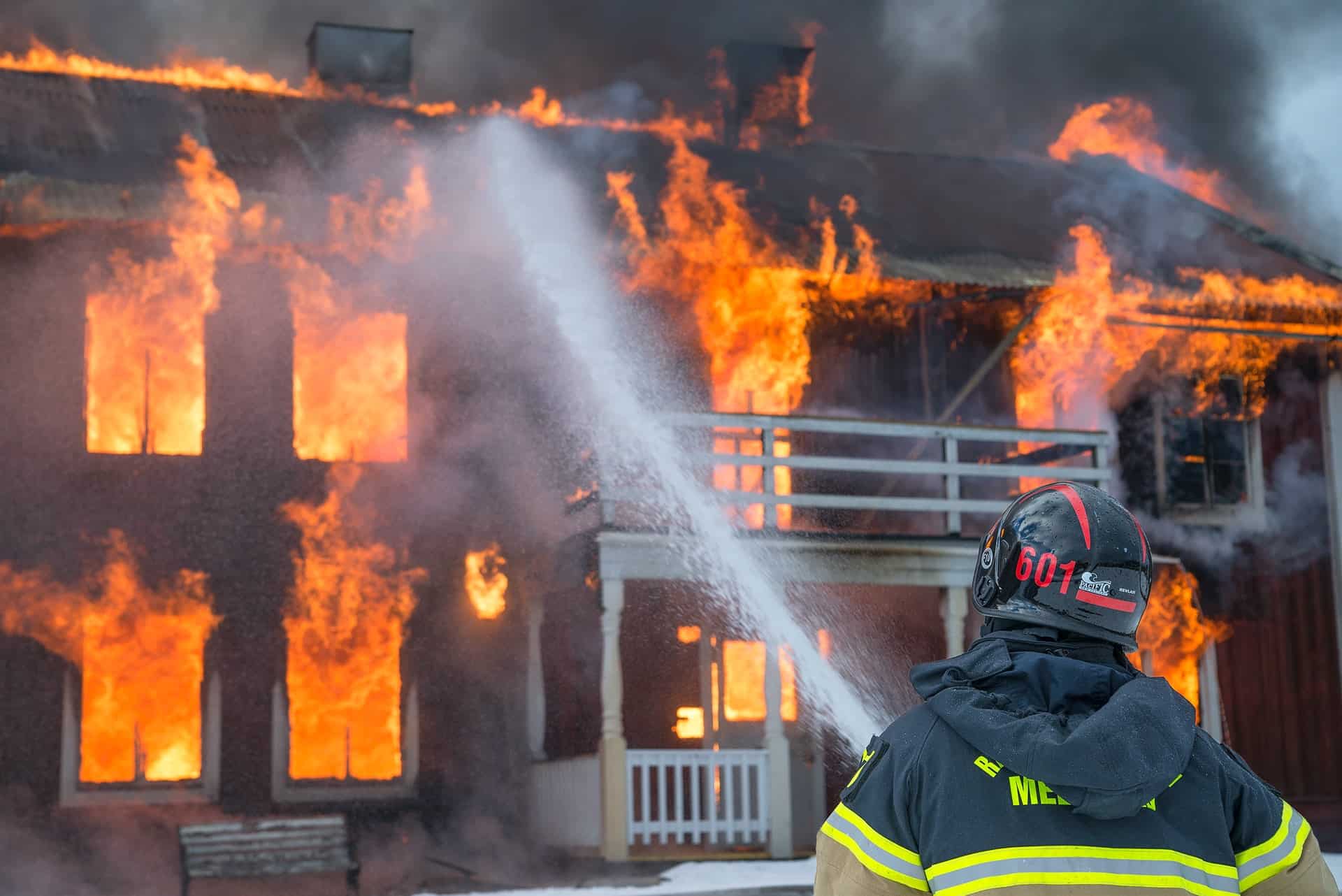

Are you responsible for a non-domestic building? Do you want to make sure this building is as safe as possible for the people who use it? There is no way of avoiding the importance of highly effective passive fire protection (PFP) within a building, particularly one that sees a lot of people on a daily basis.
Everyone deserves the peace of mind when it comes to their own safety. PFP within a building is a bare minimum requirement, and passively avoiding dangerous and life-risking events is integral when it comes to the safety of everyone inside.
As the name suggests, these passive procedures remain dormant within buildings, activating only in the event of a fire. They work by containing fires, slowing their spread as much as possible, and by ultimately reducing the risk of injury or fatality. We have compiled all the information you need to help you with the process of implementing PFP within your building or answer questions about what PFP is in this article.
If you require more information on the current fire regulations that need to be implemented by businesses in the UK, you can take a look here at the government website, where the official fire safety law documents. Read on to learn more about the fundamentals of PFP.
The main difference between passive and active fire protection is their intention. Active fire protection is the steps taken to extinguish a fire once it has broken out, which can include methods such as fire extinguishers or fire blankets. For instance, Texas fire watch services are vital to active fire protection, ensuring immediate response to fire incidents to prevent escalation.
These need to be actively deployed during the event. In contrast, passive fire protection (PFP) refers to the elements of fire protection that are built into the building. These components remain dormant and untouched, passively delaying spread during the event of a fire. They include, but are not limited to, the following methods of protection:
PFP works by turning rooms of your building into self-contained compartments that slow the spread of flames throughout the rest of the building. This is a preventative, resistive fire protection method and makes it easier to deal with fire actively when it occurs. It reduces the chances of a fire getting out of hand in the first place.
Delaying the spread of a fire in its infancy makes it much easier to control. It allows more time for the arrival of fire services such as fire engines, makes the job of firefighters less dangerous, and affords time for a safe evacuation of the building.
It is the responsibility of the owner of a building to organize the installation of effective and safe PFP methods. If you have responsibility for a building with occupants, it is extremely important that you ensure everyone’s safety by organizing and implementing PFP.
PFP should be installed by trained and qualified fire engineers or fire risk assessors. They will judge what PFP is necessary by considering how complex the building’s structure is. Fire protection experts are the best people qualified for the job, so hiring from a professional and reputable fire protection company is highly advised.
To put it simply, PFP saves lives. It is extremely important to implement it throughout your building. Reducing the fire’s capacity to grow and spread means that active forms of fire protection end up being much more effective.
These two forms of fire protection work hand in hand to help reduce the chances of fatality and injury, as well as of minimizing damage to the structure of the building and its contents. PFP is not the be-all and end-all. You need to make sure other safety measures are in place so that an emergency situation does not arise in the first place.
However, if you decide that you need PFP, it could very well save lives. If you need advice on how to actively reduce the risk of a fire developing in the first place, check out this official guide by the Health and Safety Executive (HSE), where possible fire hazards are highlighted, including methods of avoiding them. Make sure to save lives today by implementing effective PFP strategies throughout your building.
If you are interested in even more business-related articles and information from us here at Bit Rebels, then we have a lot to choose from.
Warehouses are changing fast, pushed by rising demand, tighter safety standards, and the constant shuffle…
Cybersecurity is no longer a task for governments and large corporations in the connected world…
Fame is a powerful force that extends beyond a celebrity’s lifetime. Icons like Marilyn Monroe,…
In an era where sustainability, transparency, and corporate responsibility are paramount, businesses are under mounting…
In today’s fast-paced and competitive business environment, managing intellectual property (IP) is more crucial than…
Working in tight or confined spaces is one of the most common challenges in modern…